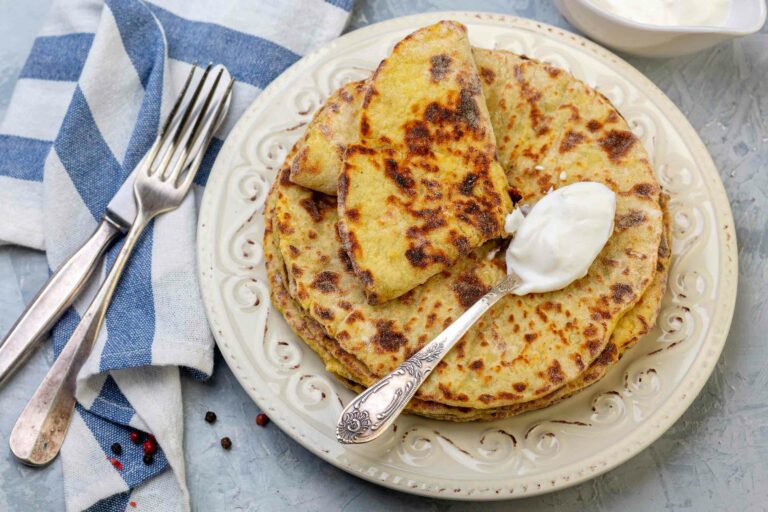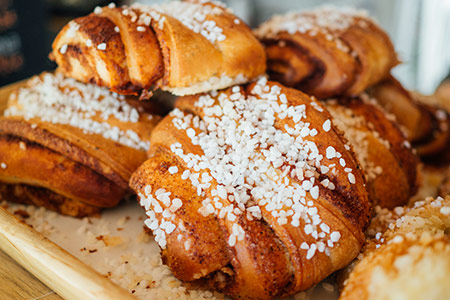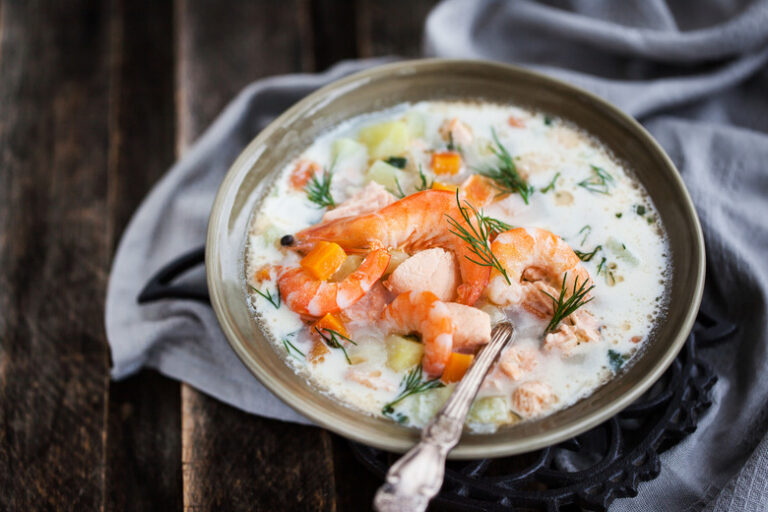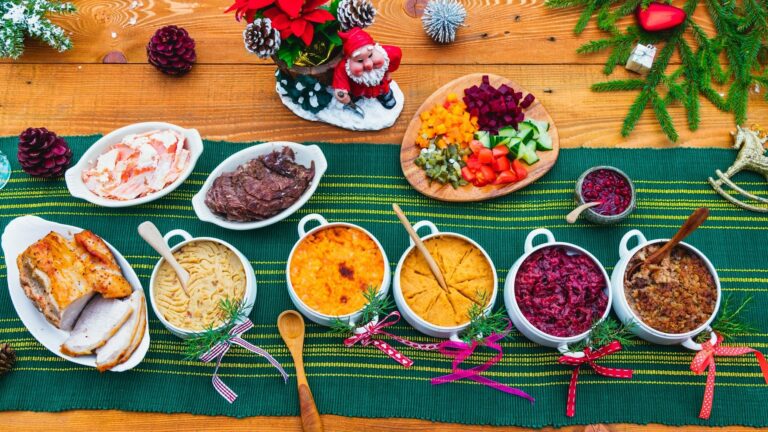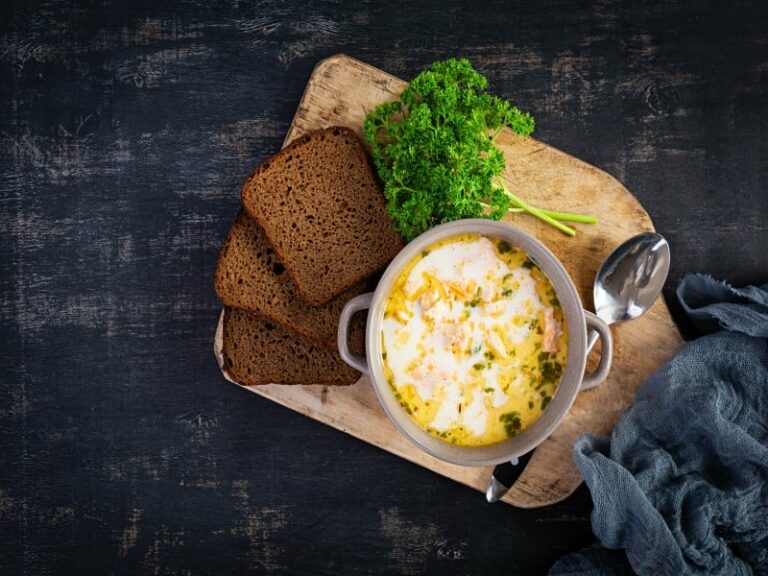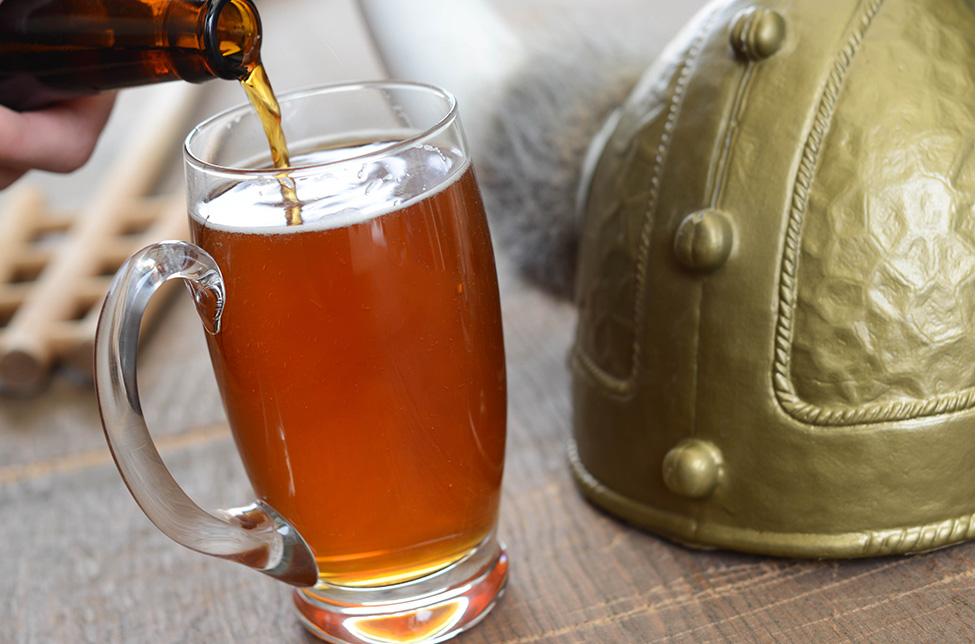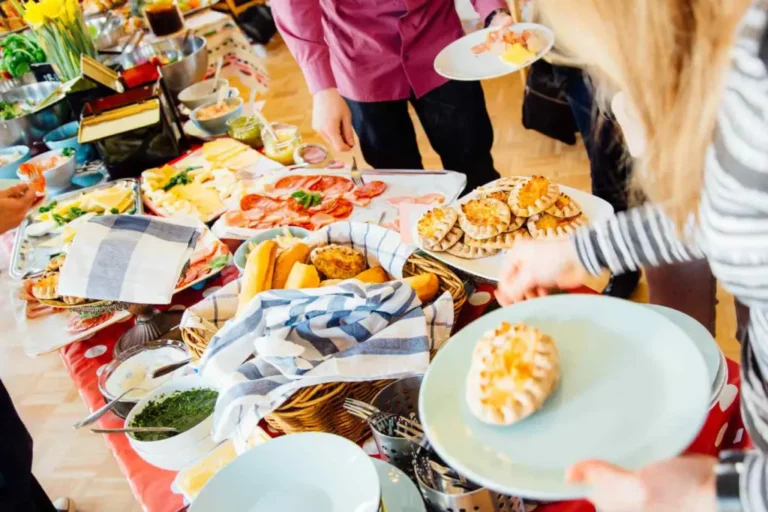Introduction
Finnish cuisine has been gaining popularity in recent years for its unique and flavorful dishes. If you’re a fan of Finnish food or simply curious to try it out, you may be wondering where you can find Finnish restaurants or street food stalls in your area. Fortunately, there are several ways to discover Finnish food in your vicinity.
Research options
To find Finnish food in your area, you can start by conducting some online research. There are various websites and apps that can help you locate Finnish restaurants or street food stalls near you. You can also ask for recommendations from friends, colleagues, or acquaintances who have tried Finnish food before. Additionally, you can check the local events calendar to see if there are any Finnish food festivals or markets taking place in your area.
Online resources
One of the easiest ways to find Finnish food in your area is by searching the web. There are numerous websites and apps that can provide you with a list of Finnish restaurants or street food stalls in your vicinity. For example, Yelp, TripAdvisor, and Zomato are popular restaurant review sites that allow you to search for Finnish restaurants by location. You can also use food delivery apps like Uber Eats or Grubhub to find Finnish restaurants that offer delivery in your area.
Recommendations
If you’re looking for suggestions for Finnish restaurants, you can check out food blogs or review sites that specialize in Finnish cuisine. Some popular Finnish dishes to try include Karelian pasties, reindeer stew, and smoked salmon. Alternatively, you can try searching for Finnish restaurants that have won awards or have been featured in food magazines or television shows.
Social media
Social media can also be a helpful tool for finding Finnish food in your area. You can search for Finnish food hashtags on Instagram or Twitter to see if there are any Finnish food stalls or pop-ups in your vicinity. Additionally, you can join local foodie groups or follow Finnish food bloggers to stay updated on the latest Finnish food trends in your area.
Street food stalls
If you’re looking for a more casual and affordable way to try Finnish food, you can also look for street food stalls that offer Finnish dishes. Depending on your location, you may be able to find Finnish food stalls at food festivals, markets, or even on the street. Some popular Finnish street food dishes include Finnish meatballs, grilled sausages, and pea soup. Don’t be afraid to ask the vendors about the ingredients and preparation methods if you’re unsure about what to order.



